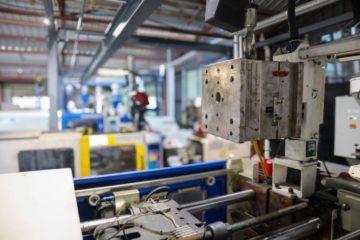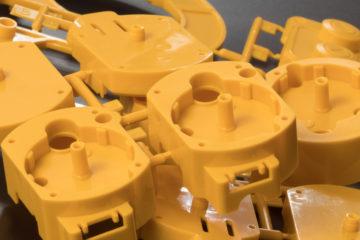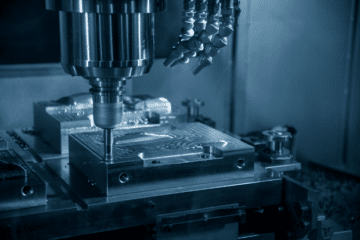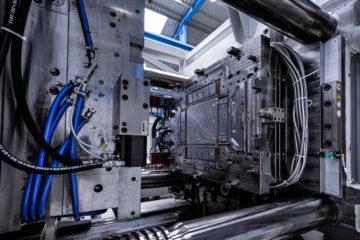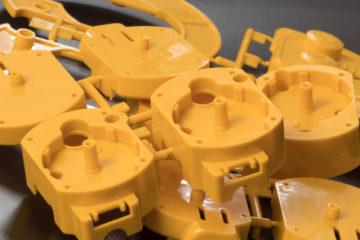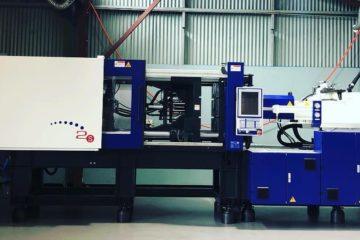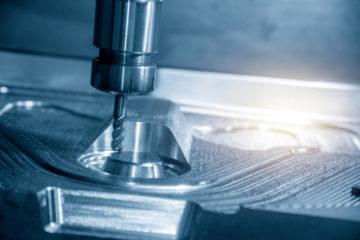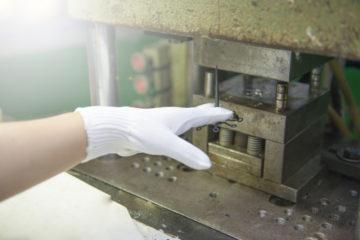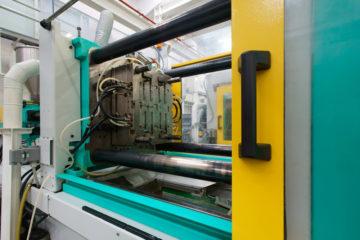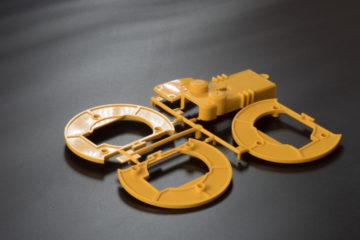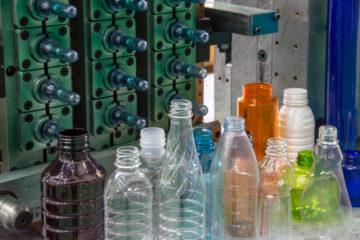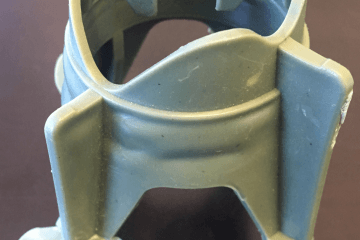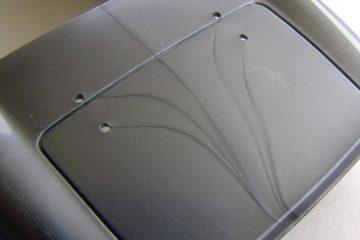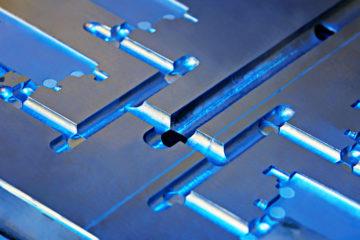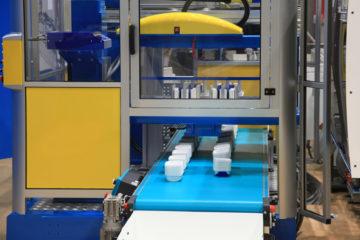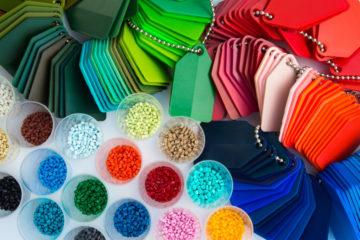Plastics are used for their versatility and flexibility in application. They can be used in everything from body parts to automotive components. The process of creating these parts involves a moulding process, and these are some of the most common types of moulding techniques in use.
Blowmoulding
This type of moulding is suitable for hollow objects. It is commonly used in glass blowing, when a heated mass of material is inflated by air so that the inflated piece of material is pressed into the shape of the surrounding mould.
Compression moulding
This type of technique is suitable for larger item such as automotive parts. A heated plastic mass is placed into a mould before being compressed into the desired shape.
Extrusion moulding
This type of moulding process is suited to products such as straws, pipes and tubing. During the process, the heated plastic mass is extruded into a die (not a mould) which then determines the shape of the product. The product is cooled before being cut into its final shape.
Injection moulding
Injection moulding is a versatile technique, which involves melted plastic being poured into steel cavities, which shape the parts. The mould is then cooled before the moulded parts are ejected, much like the process of making jelly.
Rotationalmoulding
Rotational moulding involves rotational movement and high temperatures. The melted plastic takes shape as it coats the interior of the mould during the rotations.
Source:http://info.rodongroup.com/blog/bid/96478/Plastic-Injection-Molding-101-There-s-more-to-molding-than-meets-the-eye
Subscribe to Our Newsletter
Get the latest news from Dienamics into your inbox







